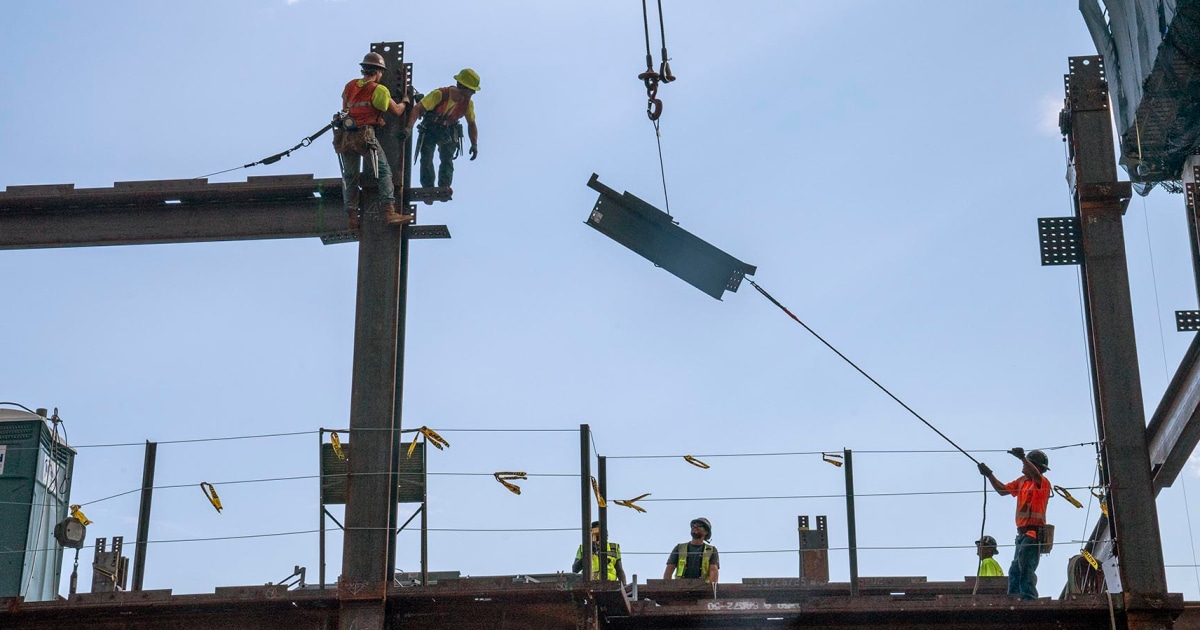U.S. Job Growth Plummets in July; Unemployment Rises to 4.2%
U.S. job growth significantly slowed in July, adding only 73,000 jobs, with unemployment rising to 4.2%. Prior months' gains were revised down, linked to economic uncertainty.
Subscribe to unlock this story
We really don't like cutting you off, but you've reached your monthly limit. At just $5/month, subscriptions are how we keep this project going. Start your free 7-day trial today!
Get StartedHave an account? Sign in
Overview
- The U.S. labor market experienced a significant slowdown in July, adding a mere 73,000 jobs, far below expectations, while the national unemployment rate slightly increased to 4.2%.
- Job gains for May and June were substantially revised downward, revealing much weaker growth than initially reported, with only 19,000 and 14,000 jobs added respectively.
- Sector-specific data showed a loss of 11,000 jobs in manufacturing, indicating a contraction in that sector, though health care and social assistance continued to show some job growth.
- The slowdown is attributed to broader economic uncertainty, including President Donald Trump's tariff levels and the White House's immigration crackdown, which are impacting overall business demand.
- Despite the clear signs of weakening job growth in July, the Federal Reserve opted to maintain its benchmark interest rate, choosing not to implement any rate cuts at this time.
Report issue

Read both sides in 5 minutes each day
Analysis
Center-leaning sources collectively frame the July jobs report as a significant and concerning downturn, directly linking the weak performance to President Trump's economic policies. They use consistently negative language to describe the job market's state and emphasize the "dismal" outlook, suggesting a causal relationship between the administration's actions and the economic slowdown.
Articles (20)
Center (8)
FAQ
The slowdown in job growth in July 2025 was attributed mainly to broader economic uncertainty, including the impact of President Donald Trump's tariff levels and the White House's immigration crackdown, which affected overall business demand.
Job gains for May and June were revised downward substantially to only 19,000 and 14,000 jobs respectively, indicating that previous reports overstated growth and highlighting a weakening labor market trend before July's poor job growth.
The manufacturing sector lost 11,000 jobs in July 2025, indicating contraction, whereas the health care and social assistance sectors continued to show some job growth.
Despite the weakening job growth in July 2025, the Federal Reserve decided to maintain its benchmark interest rate and did not implement any rate cuts at that time.
Economic forecasts project that the unemployment rate will rise from 4.2% in 2025 to an average of 4.6% in 2026 before declining toward 4.1% by 2029, reflecting expected labor market fluctuations and demographic factors.
History
- 3M

 12 articles
12 articles
















